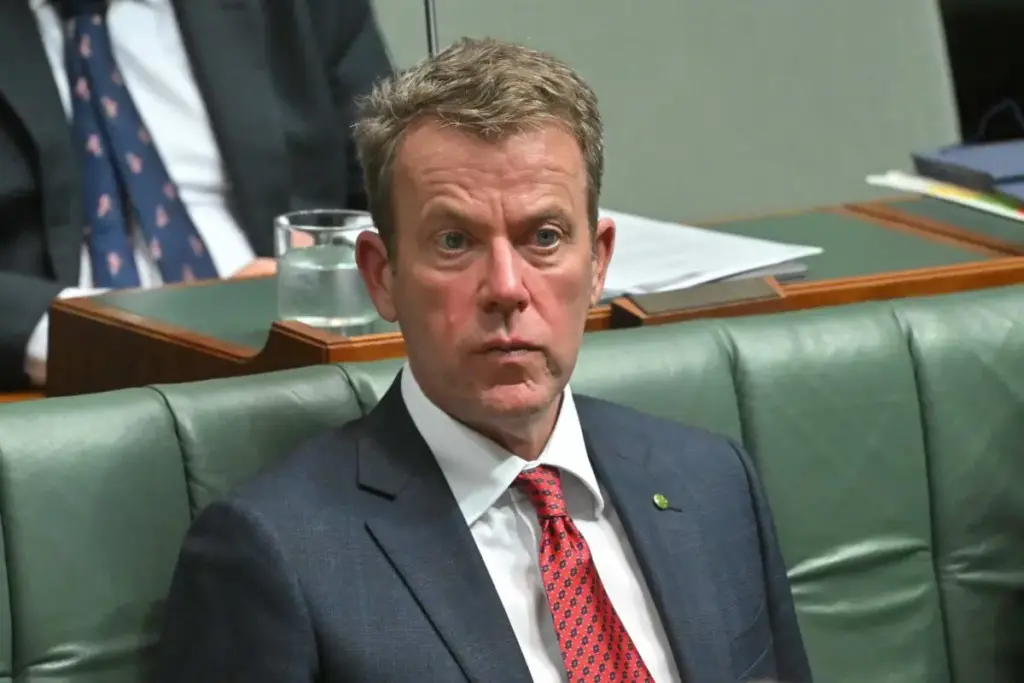
The Australian Energy Market Operator (AEMO) and the owners of the country’s largest coal generator fleets have outlined a clear vision for Australia’s energy future: the era of baseload power is fading, making way for renewables and firming power. This shift, however, seems to have escaped the understanding of Dan Tehan, the Coalition’s new energy spokesman, who recently made statements that reveal a fundamental confusion about the role of nuclear energy in this transition.
Tehan, after a tour of energy facilities in the United States that focused heavily on nuclear power, appeared on the ABC’s 7.30 Report to share his insights. When questioned about the transition from baseload to renewable energy, Tehan responded, “Renewables and firming, and what nuclear can do is provide that firming over time, it can replace gas and coal, which are providing that firming at the moment.” His comments suggest a misunderstanding of the difference between baseload and firming power, a distinction that is crucial to Australia’s energy strategy.
The Shift from Baseload to Renewables
The concept of baseload power, traditionally associated with coal and nuclear plants operating at full capacity, is being replaced by a more dynamic model. AEMO’s CEO, Daniel Westerman, emphasized this transition last year, stating, “Australia’s operational paradigm is no longer ‘baseload-and-peaking’, but increasingly it’s a paradigm of ‘renewables-and-firming’.”
In this new model, low-cost wind and solar energy provide the majority of electricity, with excess power stored in batteries both at home and on the grid. Flexible firming assets, which can be quickly activated, fill any gaps in supply. This approach not only reduces costs but also enhances the flexibility and resilience of the energy grid.
Tehan’s Nuclear Assertions
Despite the clear direction set by AEMO and the energy sector, Tehan has been advocating for nuclear power as a firming solution, even suggesting its use as a replacement for diesel at mine sites. This claim overlooks the current energy practices at these sites, which are increasingly powered by renewables. For instance, BHP’s Olympic Dam mine sources its electricity through contracts that utilize wind and battery storage.
Tehan’s enthusiasm for nuclear was further demonstrated during an interview on ABC Radio National, where he spoke about “easily transportable” micro-reactors sized between five and 10 gigawatts. However, such reactors do not exist commercially, and his reference to gigawatts instead of megawatts points to a significant misunderstanding of the technology.
Global Energy Trends
Tehan’s assertions about a “nuclear renaissance” in the US are contradicted by the World Nuclear Industry Status Report, which notes that no new power reactors are under construction in the Americas. While 30 nations at COP29 committed to tripling nuclear capacity by 2050, this pales in comparison to the 120 countries aiming to triple renewable capacity within just five years.
“The simple fact is … that there isn’t a single power reactor under construction in the 35 countries on the American continent,” stated Jim Green of the Australian Conservation Foundation.
The global push towards renewables is clear, with plans to increase capacity from 3,500 GW to 11,000 GW, far outpacing nuclear expansion efforts. This trend underscores the growing consensus around the economic and environmental benefits of renewable energy.
Implications for Australia’s Energy Future
As Australia continues to embrace renewable energy, the concept of baseload power is becoming obsolete. The nation’s energy grid is undergoing a “stunning democratisation,” as described by AEMO’s Westerman, driven by the proliferation of rooftop solar and consumer batteries. This transformation necessitates a focus on firming rather than baseload power, leaving little room for nuclear energy in the mix.
Despite the clear trajectory of Australia’s energy strategy, Tehan and his colleagues persist in advocating for nuclear power. This stance not only misaligns with the current energy landscape but also risks diverting attention and resources from the more immediate and viable solutions offered by renewables.
As the debate continues, it is crucial for policymakers to align their strategies with the realities of the energy market and the global shift towards sustainable power sources. The future of Australia’s energy system depends on informed decisions that prioritize efficiency, flexibility, and sustainability.







